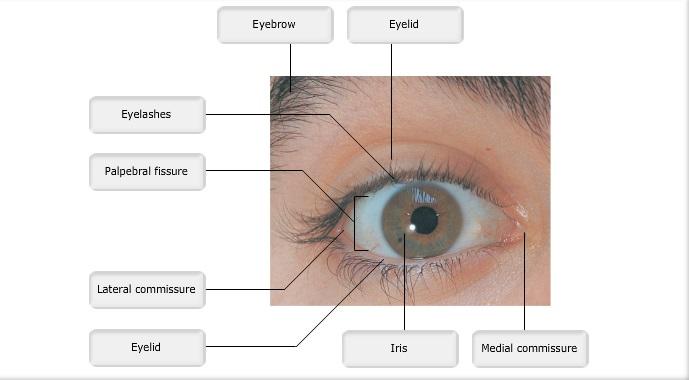
Art-labeling Activity: Figure 15.1a
Label the Eye
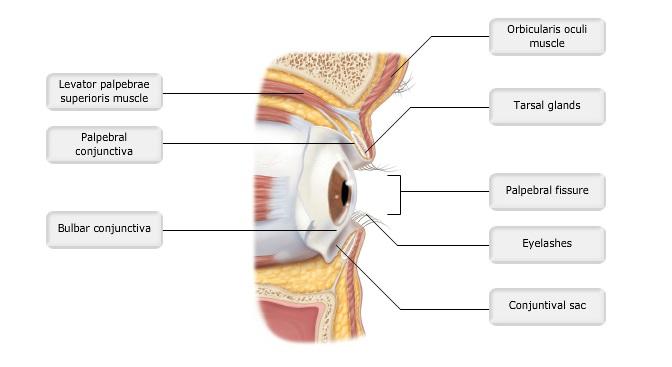
Art-labeling Activity: Figure 15.1b
Label the Eye
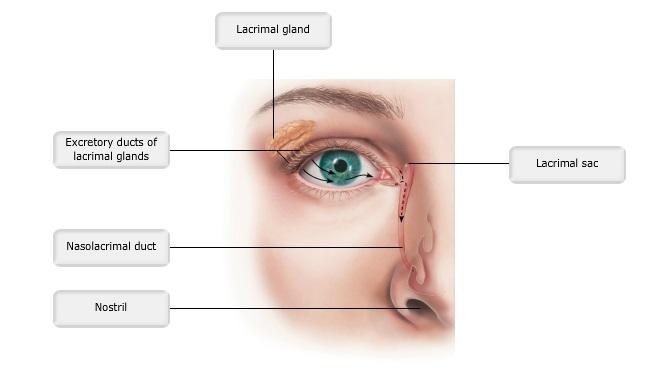
Art-labeling Activity: Figure 15.2
Label the Eye
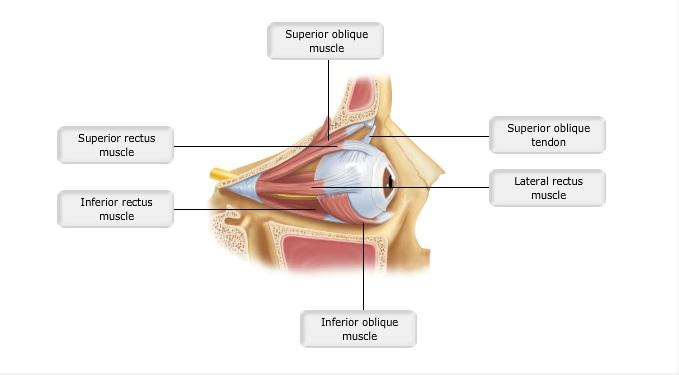
Art-labeling Activity: Figure 15.3a
Label the Eye
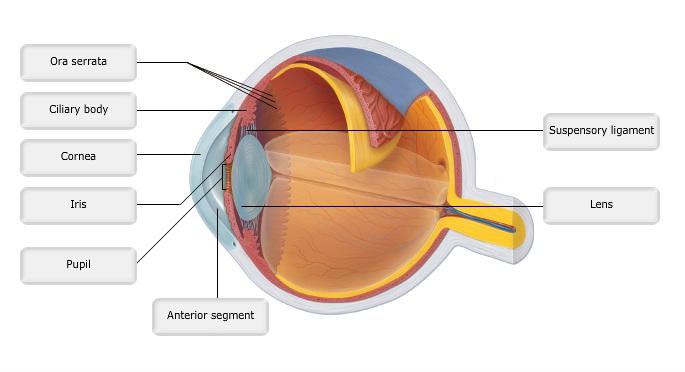
Art-labeling Activity: Figure 15.4a
Label the Eye
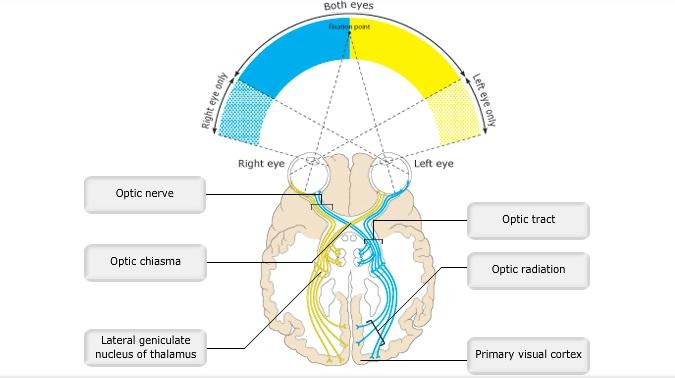
Art-labeling Activity: Figure 15.19a
Label the Brain
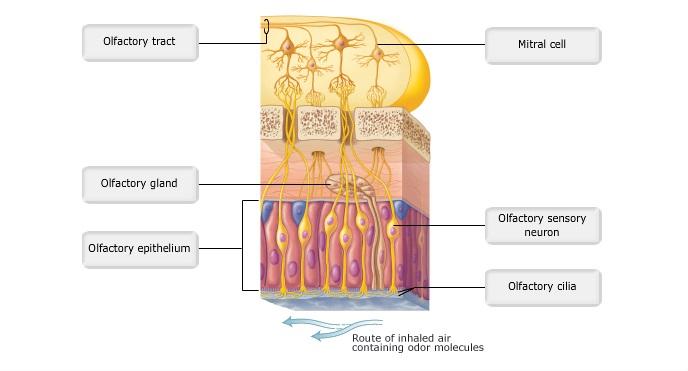
Art-labeling Activity: Figure 15.20b
Label the parts of the Olfactory receptors
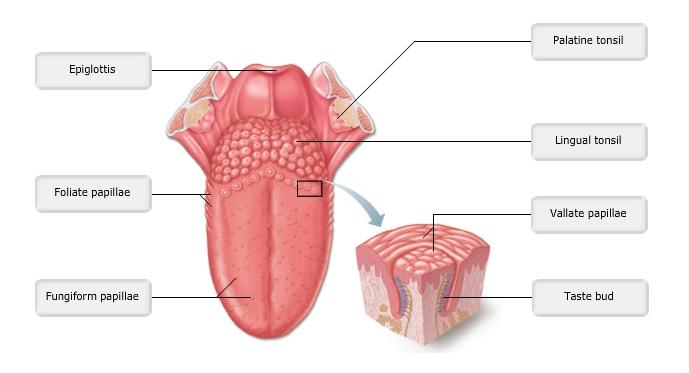
Art-labeling Activity: Figure 15.22a
Label the tongue
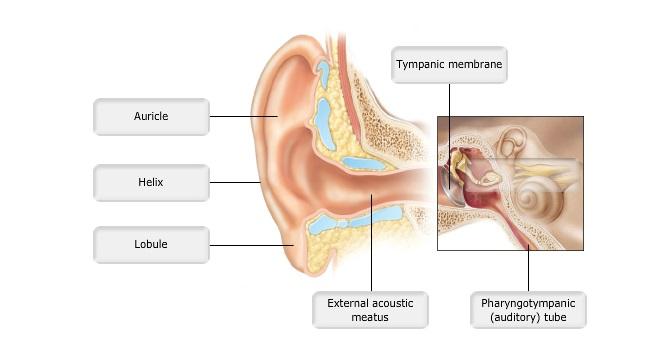
Art-labeling Activity: Figure 15.24a
Label the Ear
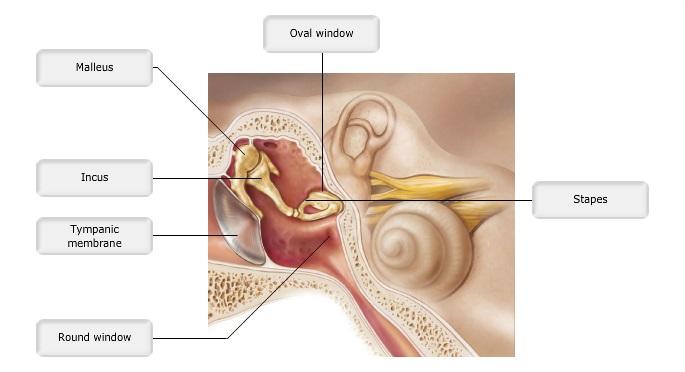
Art-labeling Activity: Figure 15.24b (1 of 2)
Label the Ear
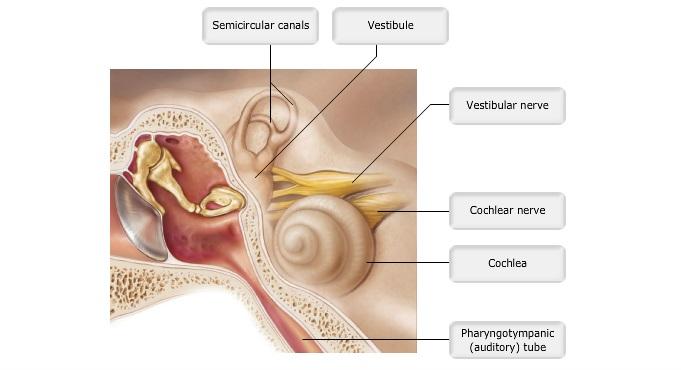
Art-labeling Activity: Figure 15.24b (2 of 2)
Label the Ear
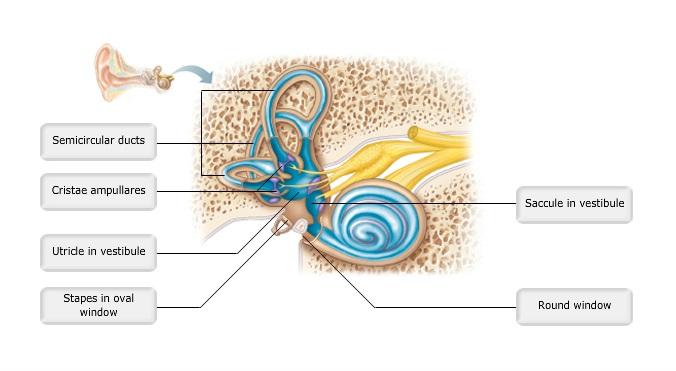
Art-labeling Activity: Figure 15.26
Label the Ear
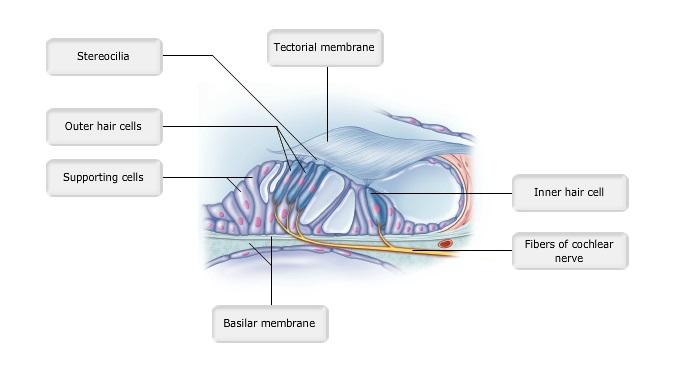
Art-labeling Activity: Figure 15.27c
Label the Hair Cells in the Organ of Corti
What term means that the lens can change shape so that the eye can focus on items either close at hand or far away?
accommodation
What condition results when distant objects focus in front of the retina, rather than on it?
myopia
Which of the following is NOT an accessory structure of the eye?
retina
The visible colored portion of the eye is the __________.
iris
Which of the following is a role of the vitreous humor?
It supports the posterior surface of the lens
Which of the following is a characteristic of the lens?
The lens focuses light on the retina.
Choose the correctly paired terms.
nyctalopia: night blindness
Which accessory eye structures function to produce the tears that cleanse and protect the eye?
lacrimal glands
Which structure in the eye provides nutrition to all eye layers?
choroid
What part of the eye constitutes the blind spot?
optic disc
Which photoreceptors respond to very dim light?
rods
Most taste buds are located __________.
on the tongue
Which of the following is NOT a requirement for something to be tasted?
tastant must contact the basal epithelial cells of the taste buds.
Choose the FALSE statement about the olfactory epithelium.
It is made of simple squamous epithelium.
Taste is independent of smell
False
Which of the following is the basic taste quality responsible for the "beef taste" of steak?
umami
The boundary between the external and middle ear is the __________.
tympanic membrane
Ringing in the ears is called __________.
tinnitus
Where are equilibrium receptors located?
in the semicircular canals and in the vestibule of the ear
There are __________ auditory ossicles in the ear.
three
The final step in perceiving sound is __________.
the auditory cortex is stimulated
The receptor organ for hearing is the __________.
spiral organ (of Corti)
Which of the following is true of receptors for dynamic equilibrium?
The receptors for dynamic equilibrium respond to rotational forces.
Information from balance (equilibrium) receptors goes directly to __________.
the brain stem
Which of the following is the receptor organ for hearing?
spiral organ (of Corti)
Vision is fully developed at birth.
False